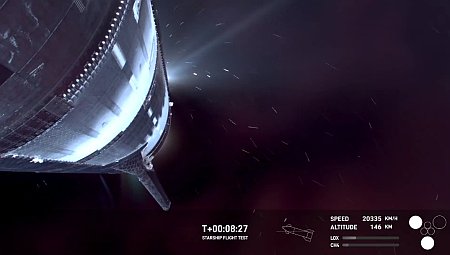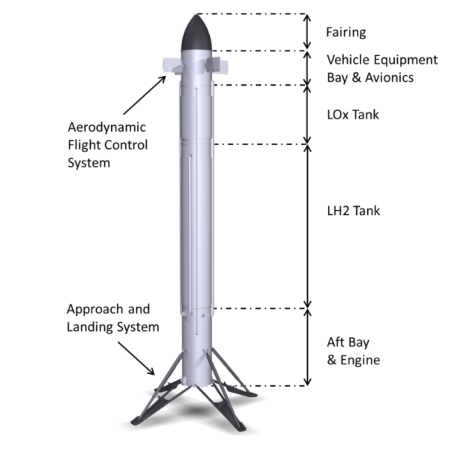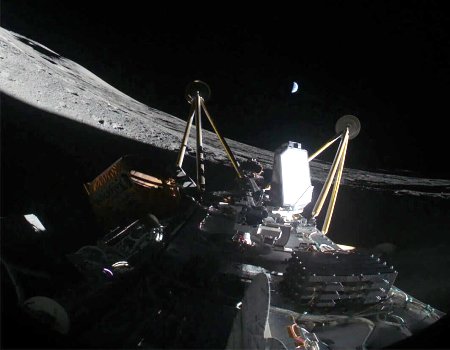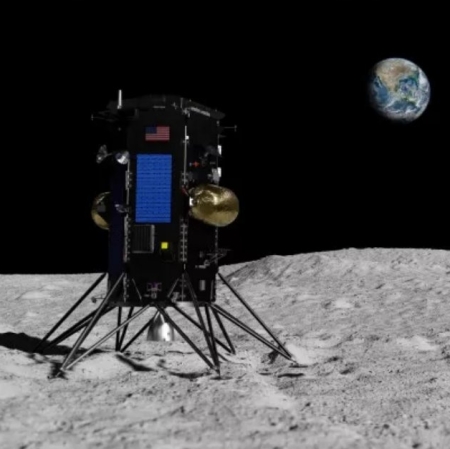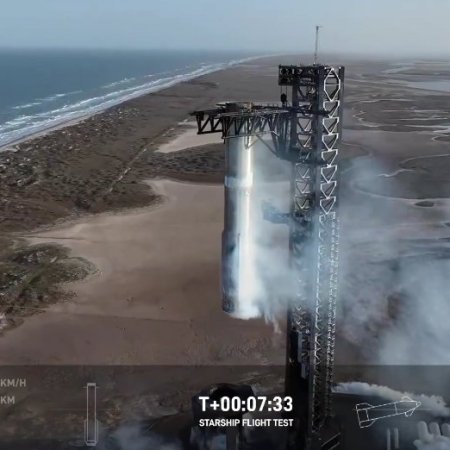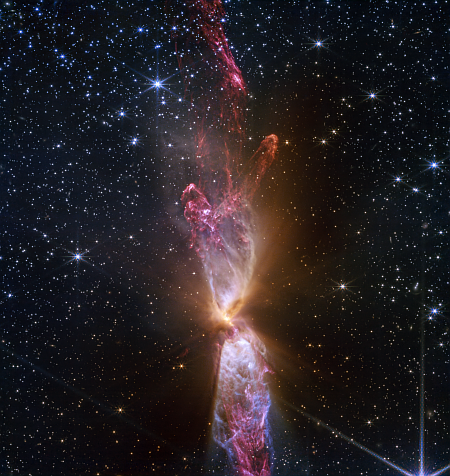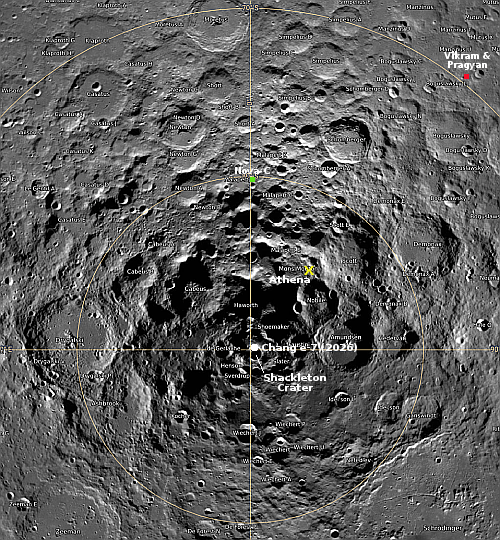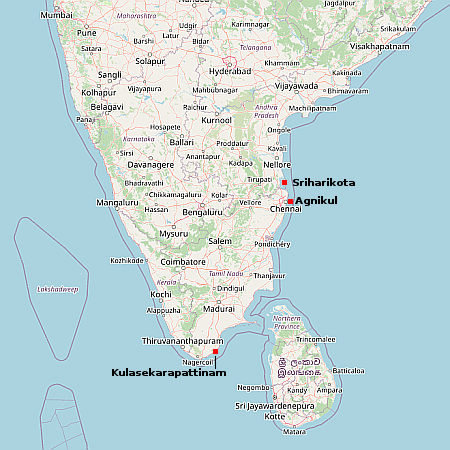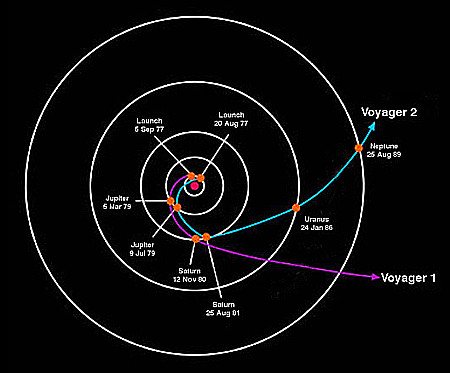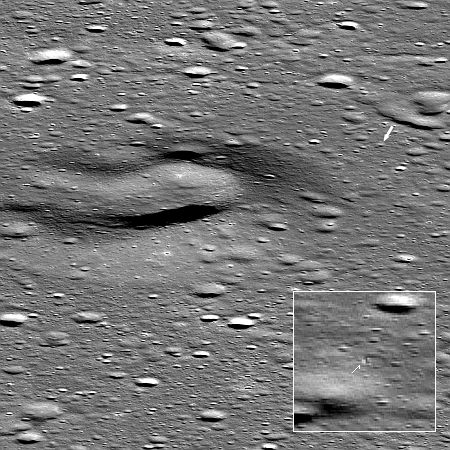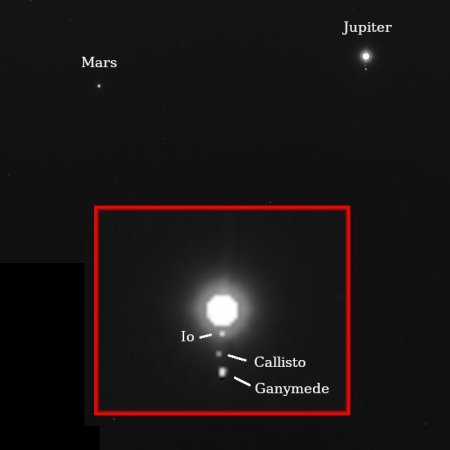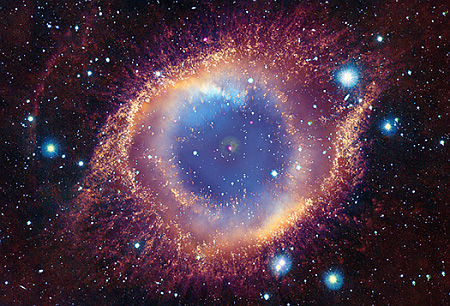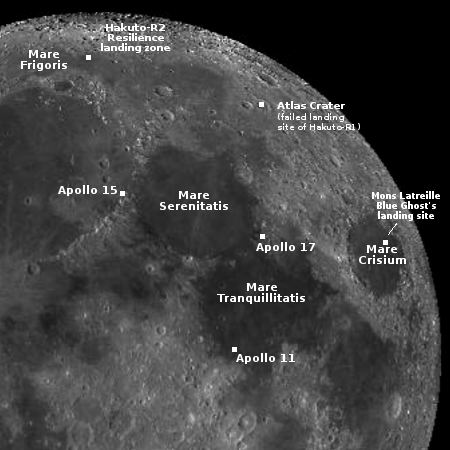A galactic ball and spiral interact
Cool image time! The picture to the right, cropped, reduced, and sharpened to post here, was taken by the Hubble Space Telescope as part of a study of the star populations in these two interacting galaxies. From the caption:
Arp 105 is a dazzling ongoing merger between an elliptical galaxy and a spiral galaxy drawn together by gravity, characterized by a long, drawn out tidal tail of stars and gas more than 362,000 light-years long. The immense tail, which extends beyond this image from NASA’s Hubble Space Telescope, was pulled from the two galaxies by their gravitational interactions and is embedded with star clusters and dwarf galaxies.
The three blue objects on the outskirts of both galaxies are thought to be active star-forming regions. Whether all three are part of this collision is unclear, as the object on the lower right might simply be a foreground object based on the available data.
What makes this galactic pair so intriguing is that the two galaxies are so different with very different theorized histories. Elliptical galaxies (“the ball”) are thought to be very old, the result of the long term evolution of spirals. You would therefore not think an elliptical would normally interact with a spiral, as their ages are likely so dissimilar.
Cool image time! The picture to the right, cropped, reduced, and sharpened to post here, was taken by the Hubble Space Telescope as part of a study of the star populations in these two interacting galaxies. From the caption:
Arp 105 is a dazzling ongoing merger between an elliptical galaxy and a spiral galaxy drawn together by gravity, characterized by a long, drawn out tidal tail of stars and gas more than 362,000 light-years long. The immense tail, which extends beyond this image from NASA’s Hubble Space Telescope, was pulled from the two galaxies by their gravitational interactions and is embedded with star clusters and dwarf galaxies.
The three blue objects on the outskirts of both galaxies are thought to be active star-forming regions. Whether all three are part of this collision is unclear, as the object on the lower right might simply be a foreground object based on the available data.
What makes this galactic pair so intriguing is that the two galaxies are so different with very different theorized histories. Elliptical galaxies (“the ball”) are thought to be very old, the result of the long term evolution of spirals. You would therefore not think an elliptical would normally interact with a spiral, as their ages are likely so dissimilar.


